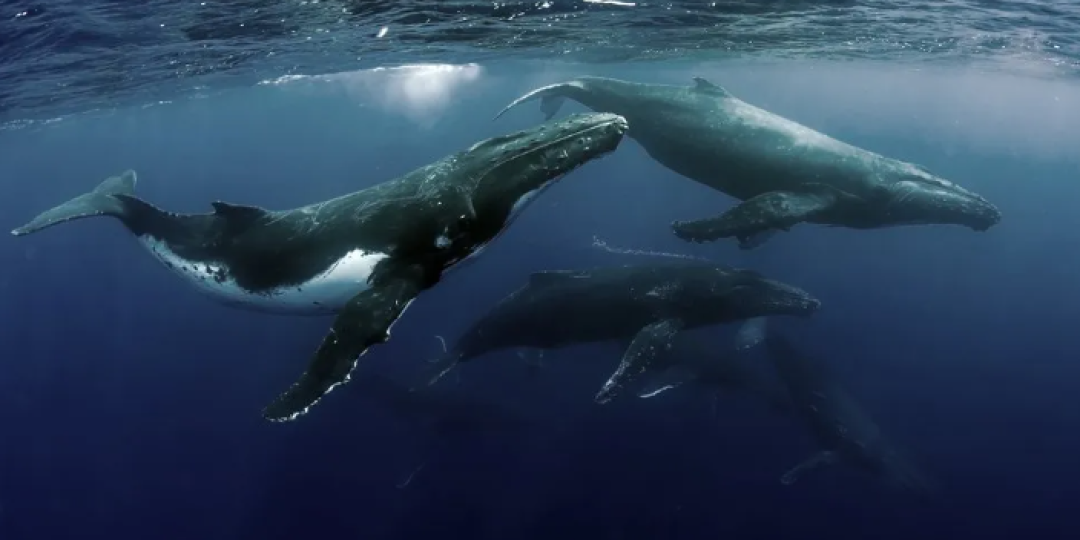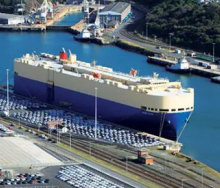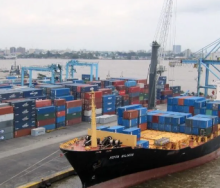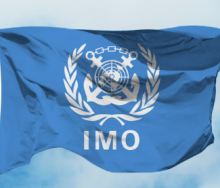While the need for decarbonisation is dominating the liner trade’s combined push for Environmental, Social and Governance (ESG) strategies, Mediterranean Shipping Company has added another element to the way it conducts itself from an ESG point of view.
Because the exclusion zone for the protection of marine life is so close to the southern tip of Sri Lanka, MSC has decided to drop its transit route through Sinhalese water even further south.
The aquatic band stretching from Galle in the west to the Port of Hambantota in the east teems with cetacean activity, especially when blue whales begin to breed in the area.
Currently the exclusion zone or TSS – a highly regulated Traffic Separation Scheme for ocean freight – determines that vessels sailing west shouldn’t be closer to Sri Lanka than point 29 degrees of the fifth parallel north.
The TSS limit to the coast of Sri Lanka for eastbound sea traffic is point 35 degrees off the same latitude.
MSC has, however, dropped its transit routes by a further 15 nautical miles, almost 28 kilometres, further south of the southernmost TSS around Sri Lanka.
It means that the line’s vessels sail almost 100 kilometres south of Sri Lanka’s southernmost tip of Point Dewundara, well south of the much shallower whale breeding zone.
In coming to this decision, MSC said it had followed research findings undertaken by the International Fund for Animal Welfare, World Trade Institute, Biosphere Foundation, the University of Ruhuna which is based in the southern coast city of Matara, the University of St Andrews in Scotland, and a local whale watcher’s tourism organisation, Raja and the Whales.
The information that was collated and processed to inform MSC’s rerouting decision was also endorsed by the World Wide Fund for Nature.
It is believed that by driving its traffic well further south of the TSS zones, where the water is significantly deeper than the shelf on which Sri Lanka sits, MSC could reduce by 95% the likelihood that any of its vessels will collide with blue whales in the area.
The cost impact of the shipping line’s ESG decision is not known.
SOURCE: Splash247













